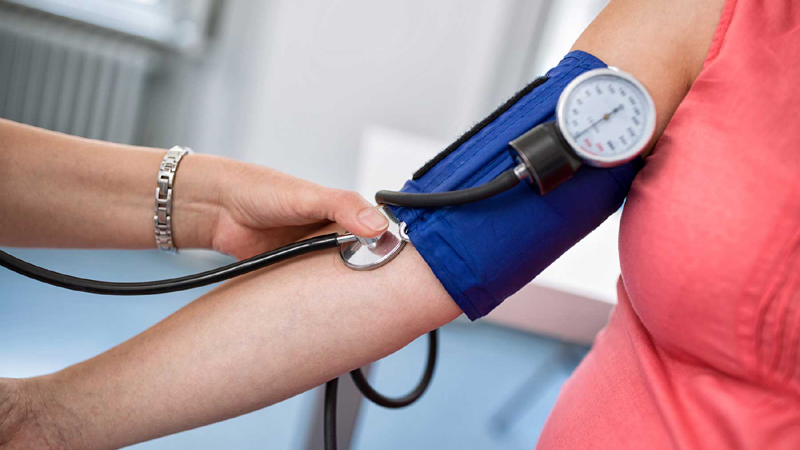Be Proactive
High blood pressure can have serious health consequences. Even though you may feel fine, high blood pressure causes progressive organ damage over many years. For instance, it can damage your heart and your kidneys. However, getting the right treatment can bring your blood pressure back to a healthy level. There are many ways to lower blood pressure. Medication is one way. Others involve lifestyle changes. Often it takes both to control high blood pressure. Here's how to get started.Stop Using Tobacco
When you smoke a cigarette, your blood pressure goes up. And it stays up for many minutes after you finish. Smokeless tobacco products and electronic cigarettes also can raise blood pressure. So, with high blood pressure, it’s a good idea to avoid all forms of tobacco. Kicking the habit also lowers your risk for cancer, COPD (chronic obstructive pulmonary disease), and heart disease. There are many resources available to help you quit. Prescription drugs and nicotine replacement therapies are two. Hypnosis is another. Your doctor or pharmacist can help you find an effective program so you can quit smoking.
Reach a Healthy Weight
A higher weight usually means higher blood pressure. If you are overweight or obese, losing just 10 pounds can help lower your blood pressure. To lose weight, eat fewer calories and increase your physical activity. Try to follow a plan that allows you to drop pounds slowly. That's the best way to make sure the weight does not return.
"DASH" Your Diet
You can often lower your blood pressure by following an eating plan developed by the National Heart, Lung and Blood Institute. DASH stands for Dietary Approaches to Stop Hypertension. It's a diet rich in vegetables, fruits, lean protein like chicken and fish, whole grains, and low-fat dairy products. It also limits salt, which is known to raise blood pressure. Ask your doctor about DASH. Or check it out online.
Exercise
Staying physically active can help lower your blood pressure. And you don’t need to run a marathon to do it. All you need is 30 minutes of moderate physical activity on most days of the week. You can even break up the 30 minutes into smaller sessions. For instance, try 15 minutes of gardening in the morning. Then take a 15-minute walk later in the day. Invest in a home blood pressure monitoring device to track your daily blood pressure over time. You’ll be able to see the effects of exercise and diet on your blood pressure, which is a positive feedback loop!

![[feature] 7 Ways to Lower Your Blood Pressure](https://blogger.googleusercontent.com/img/b/R29vZ2xl/AVvXsEji3rI3e4IkAirKuav2dYNPCnChAOD5oHU9-mosPkkRjd5RBmZ0It-B1oFuj71JfIUeUnyn2Nx3nDAM0HS2-GOdcD4FLt0D08JiWX3hlVDa88Gd7hsTWdrfFtp554YlbvqbIuqh2xBPEHPN/s1600-rw/autos.dearjulius.com.jpg)






















